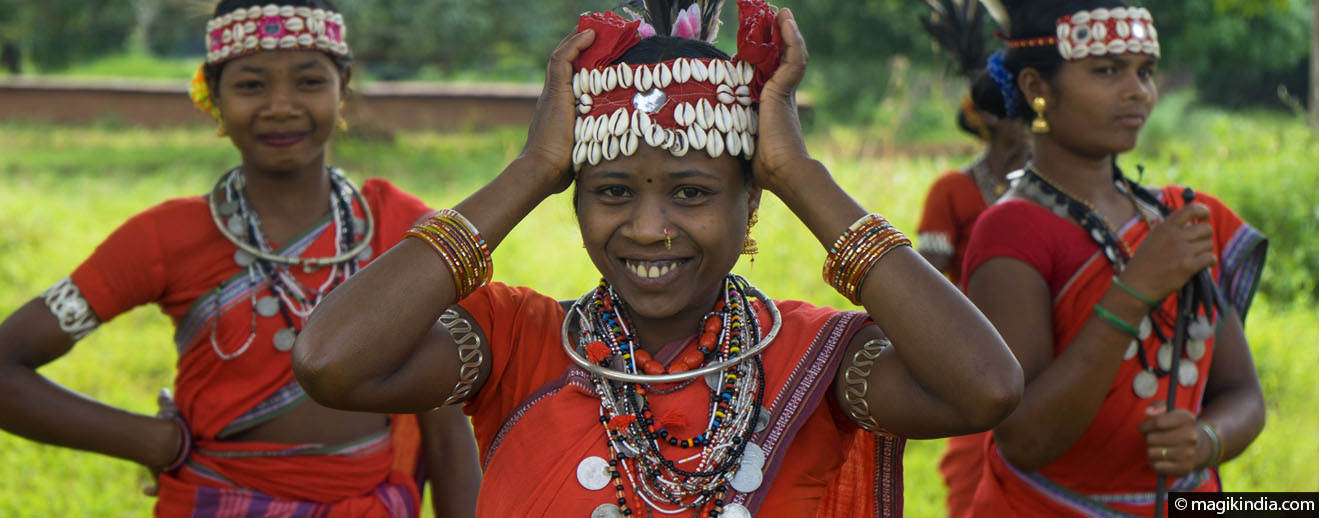
Bastar, the tribal region of Chhattisgarh
![]() Located 260 km from the capital Raipur, Bastar is the tribal region of Chhattisgarh.The adventurous travelers in search of change of scenery and authenticity will find there what they are looking for. Ancestral temples, dense forests, natural caves and exuberant tribal festivities will leave you with some unforgettable memories.
Located 260 km from the capital Raipur, Bastar is the tribal region of Chhattisgarh.The adventurous travelers in search of change of scenery and authenticity will find there what they are looking for. Ancestral temples, dense forests, natural caves and exuberant tribal festivities will leave you with some unforgettable memories.
A little history…
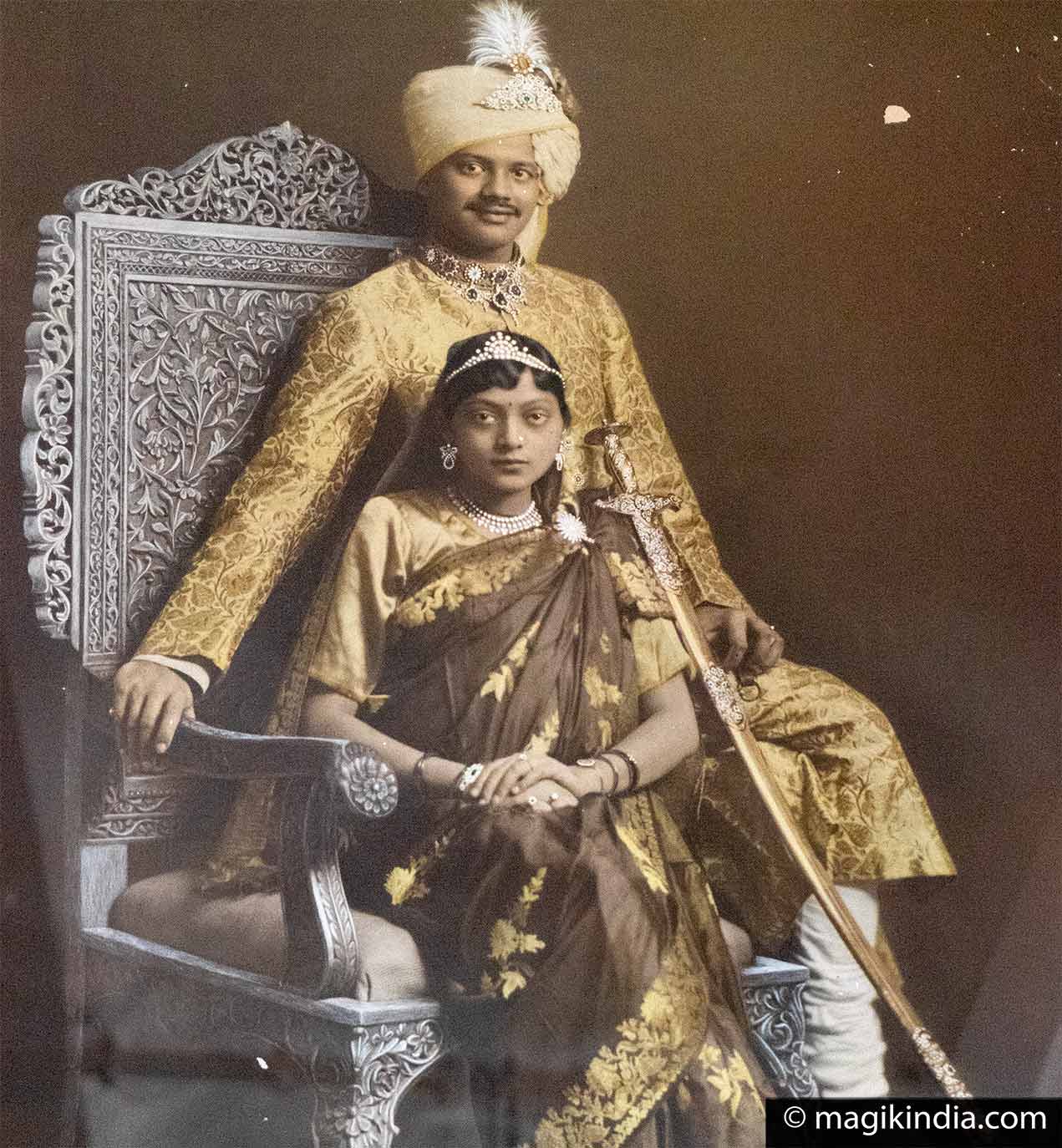
Bastar region was a princely state whose capital was Jagdalpur.
It was established around 1324 AD when Annama Deva, the brother of the last king Kakatiya, Pratapa Rudra Deva (1290-1325), left Warangal (Telangana) and established his kingdom under the tutelage of the local goddess ‘Dantheshwari’. A goddess who is still the patron deity of Bastar region.
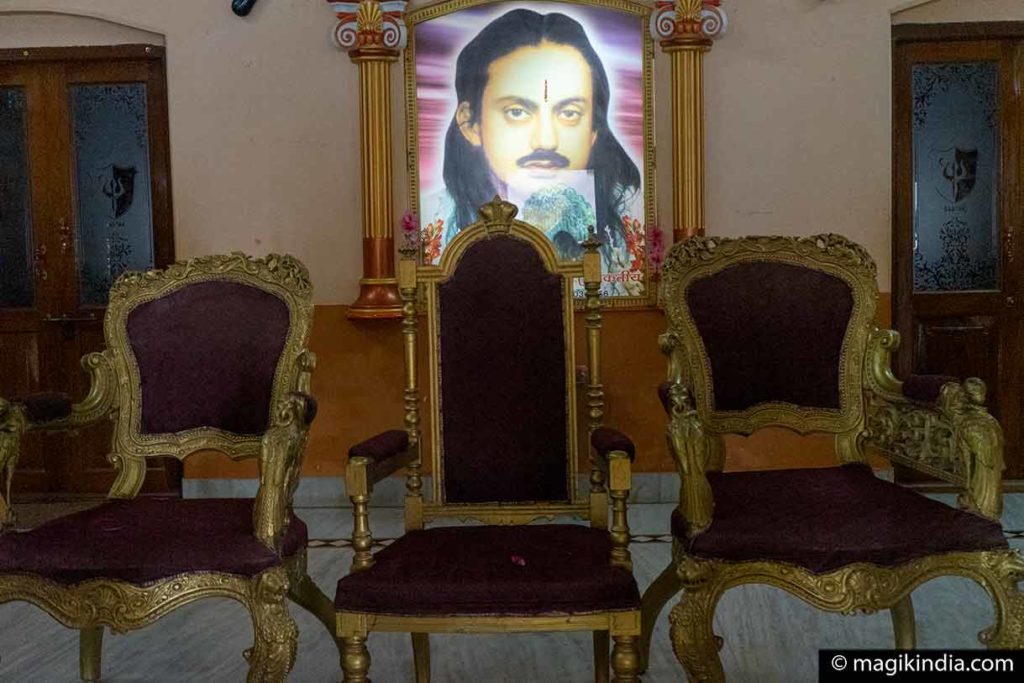
Pravir Chandra Bhanj Deo (1929-1966), 20th and last king of the princely state of Bastar, ascended the throne in 1936, before Bastar was incorporated into India in 1948. Pravir Chandra Bhanj Deo supported the cause of the tribes and provided them with political support against the exploitation of the natural resources of the region and land corruption in the early 1960s. This caused unrest in the region. In March 1966, when the Maharaja ruled a tribal movement in Bastar, he was shot down during a “police action”.
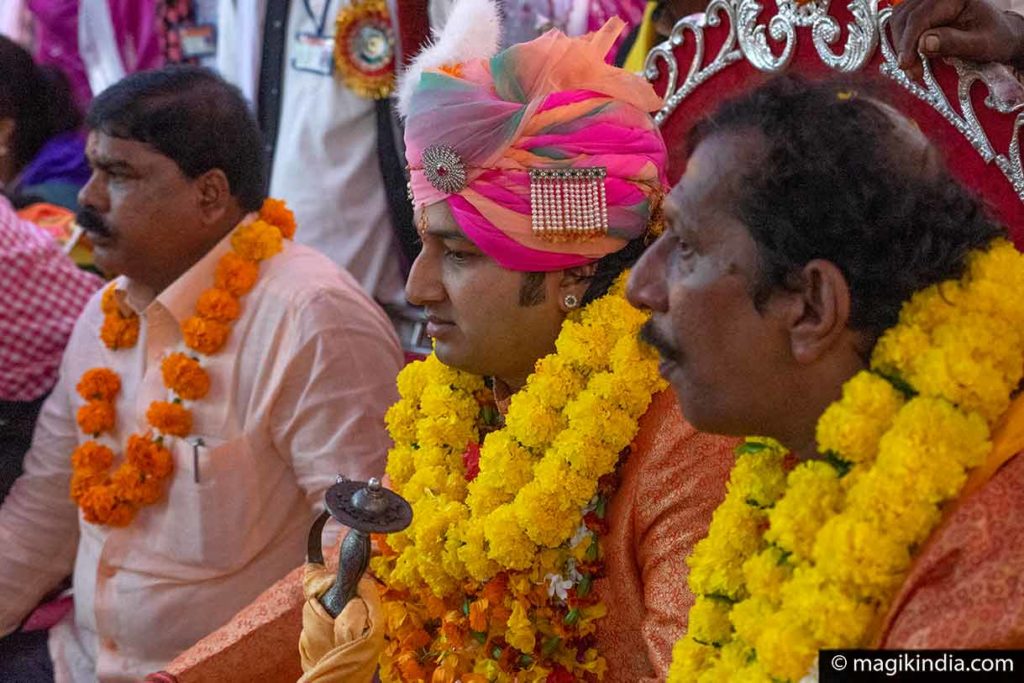
The current Maharaja, Kamal Chandra Bhanj Deo, 22nd King of Bastar, is the grandson of Vijay Chandra Bhanj Deo, the younger brother of the Maharaja killed. Born in 1984, Kamal Chandra graduated in business in UK and has entered politics.
Bastar, a tribal land
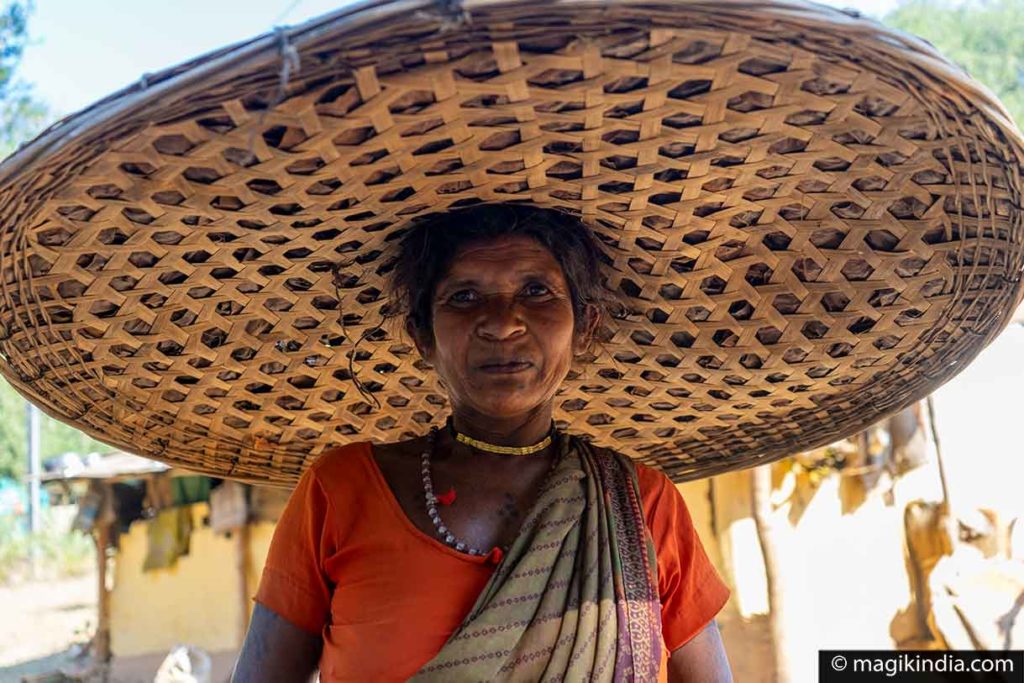
Bastar is the country of tribes; About 70% of the total population of the Bastar region is tribal, which represents about 30% of the total tribal population of Chhattishgarh. The main tribes of the Bastar region are the Gonds, Marias, Bhatras, Murias, Halbas and Dhurvas.
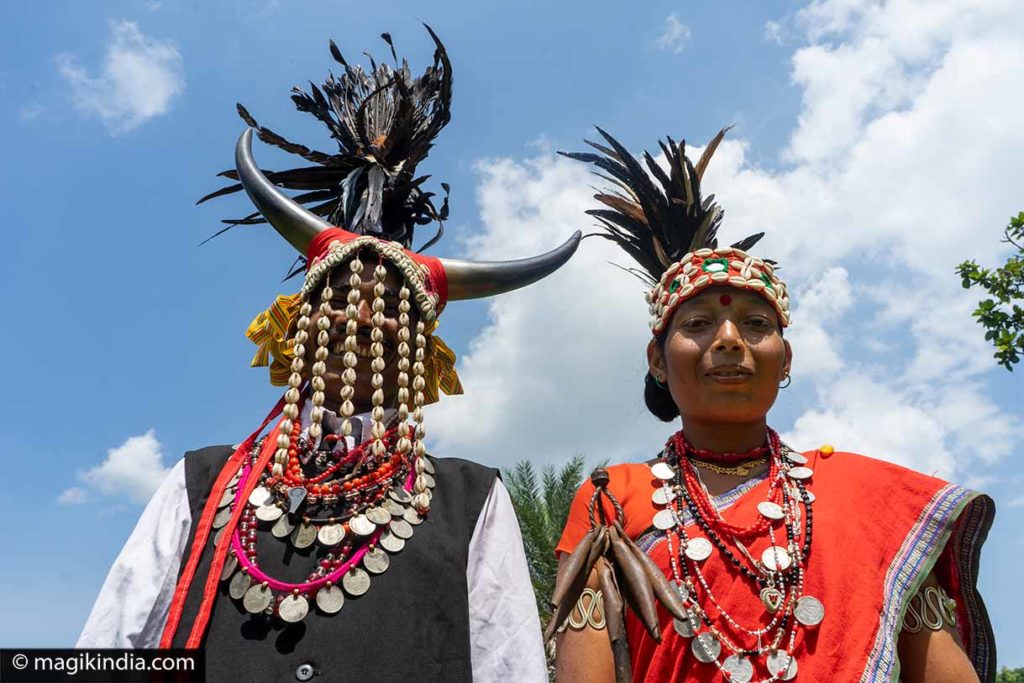
Bastar tribes have developed a distinct culture (costumes, dialects, cookery, etc.) and are known for their tribal art throughout the world. The tribes of the Bastar were among the first in India to work metal and figurines in terracotta (see below).
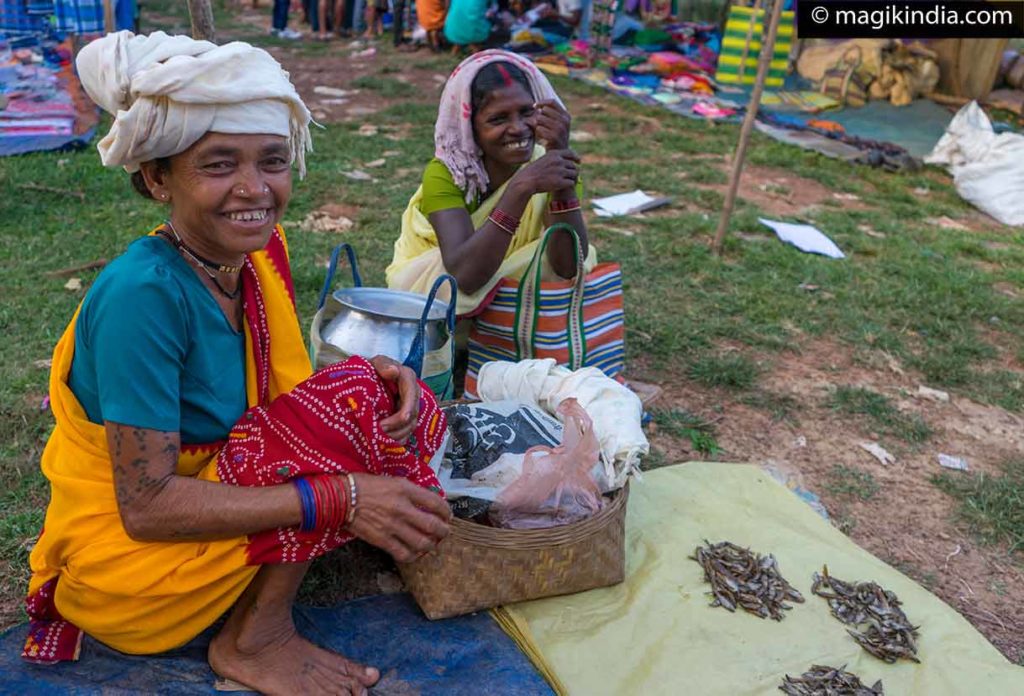
The tribes of the Bastar are also known for their colorful festivals. The festival of Dussehra is the most famous and is not to be missed for anything in the world!
Bastar tribal art
India’s first blacksmiths were tribal people. The tools they made for farming purposes were later recycled for an art that is still practiced today.The Bastar district is packed with small villages whose craft workers are renowned for their metalwork and terracotta ware. Their products are exported all over the world.
Dhokra, Lohshilp and terracotta pottery are the most typical crafts of the Bastar area. The traditional skills are passed down from generation to generation by various tribal communities in the area, centred on the villages of Kondagaon, Umargaon and Gunagaon.
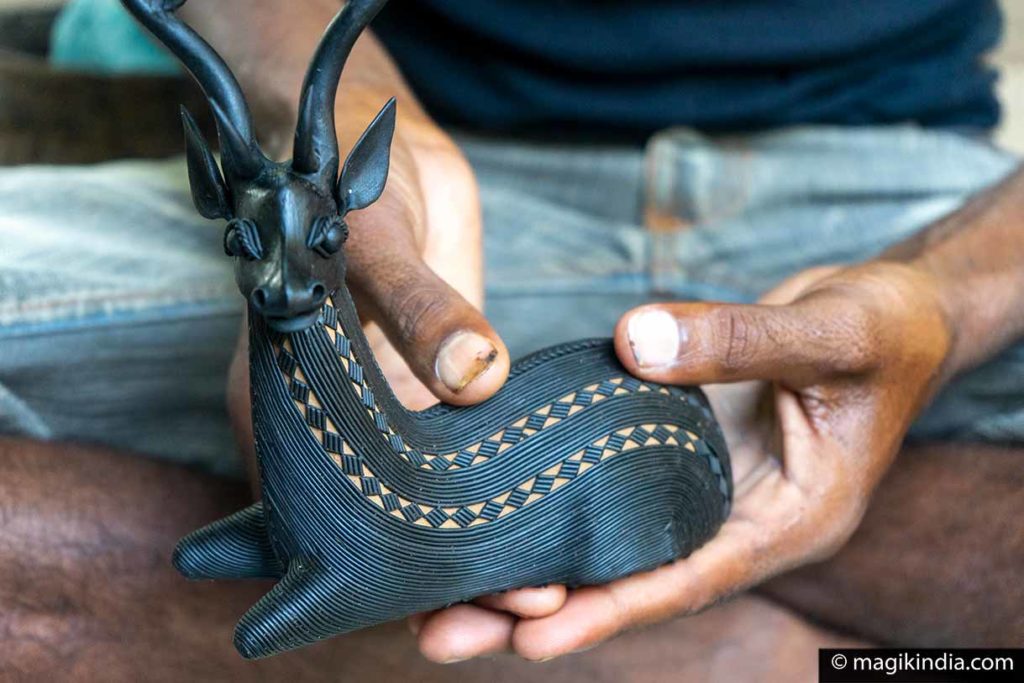
Dhokra is an ancient art based on a lost wax bronze casting technique said to date back more than 4000 years.
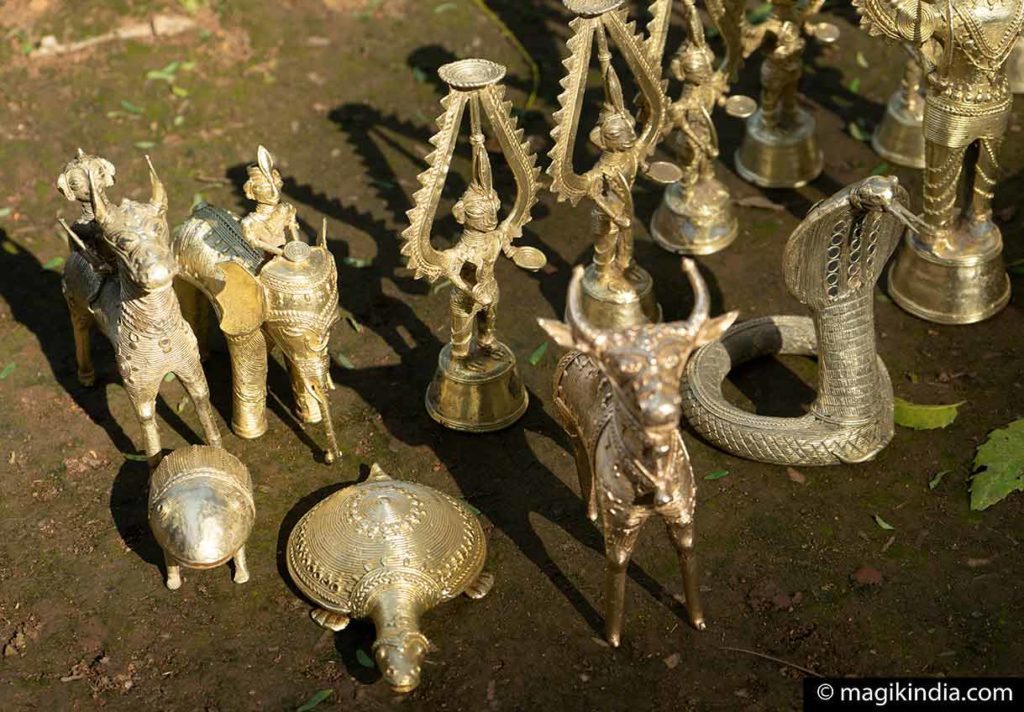
Lohshilp, or wrought iron work, is another unique craft practiced in the Bastar area. These artworks are made from bits of scrap iron heated in a forge, twisted and hammered to create naïve but expressive forms
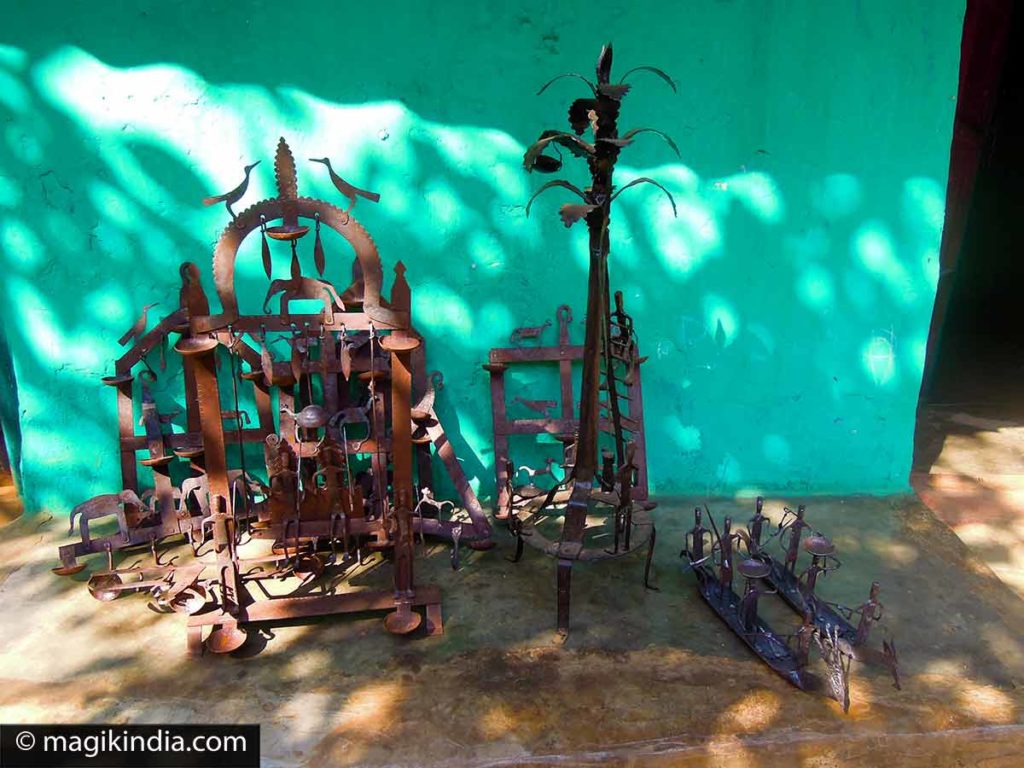
Terracotta pottery is another of the area’s specialities. Its characteristic reddish colour comes from the natural colour of the clay. Its commonest themes are tribal patterns, elephants and horses.
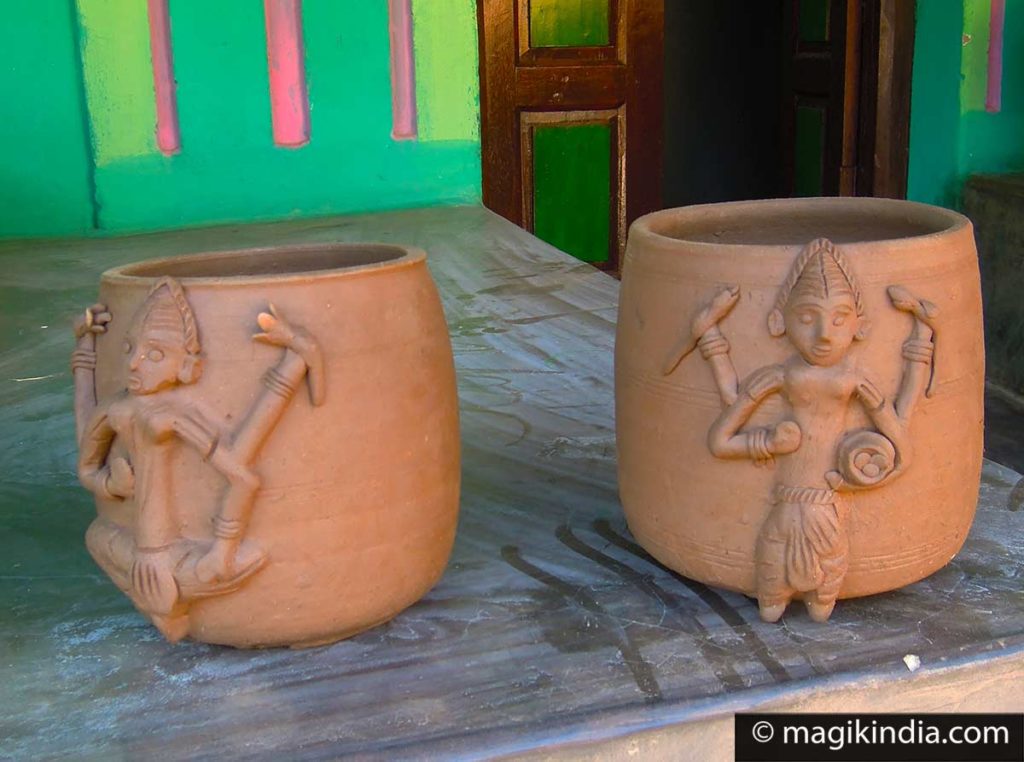
Below, watch this sort video of Lohshilp art by Mr. Vidyadhar, a master blacksmith in a small village near Kondagaon. People come from all over the world to train as apprentices to this humble, modest man. He has represented the Bastar folk arts in Los Angeles, USA – further proof that he is a supreme master of his art.
Local cuisine: the red ant chutney!
The people of the various tribes of Chhattisgarh have their own distinct cuisine. They primarily add the various types of fruits that are commonly found in the forest of Bastar.
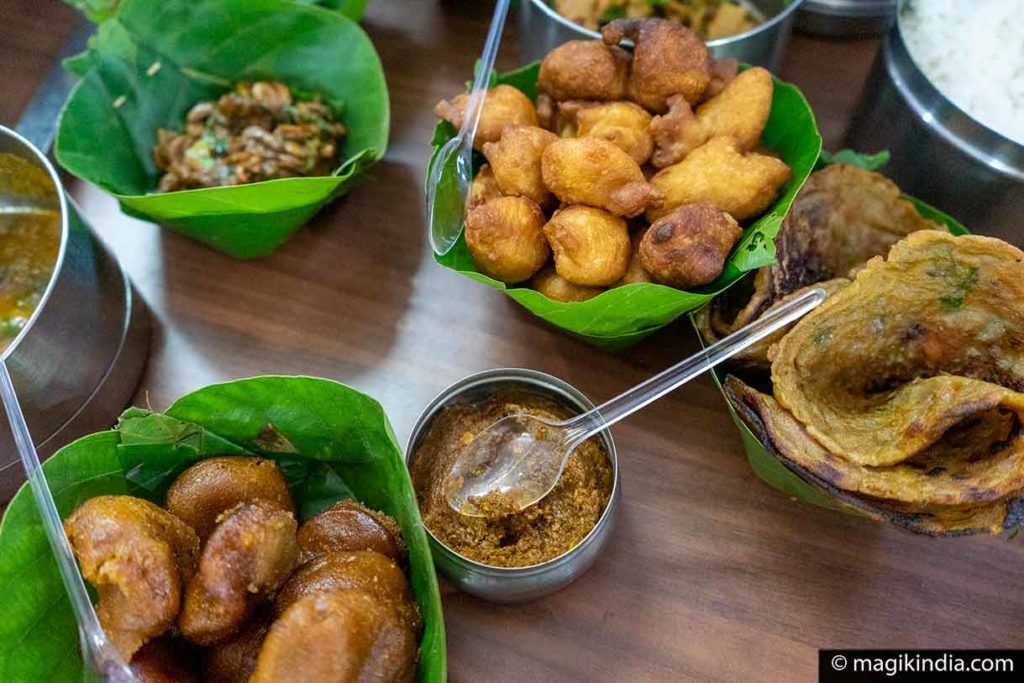
The most famous dish is the “Chaprah chutney” or red ant chutney. The red ants along with the eggs are collected from the nests and they are mixed with tomato and different spices. Red ants is said to contain valuable proteins.
Will you dare to try this chutney? 😉
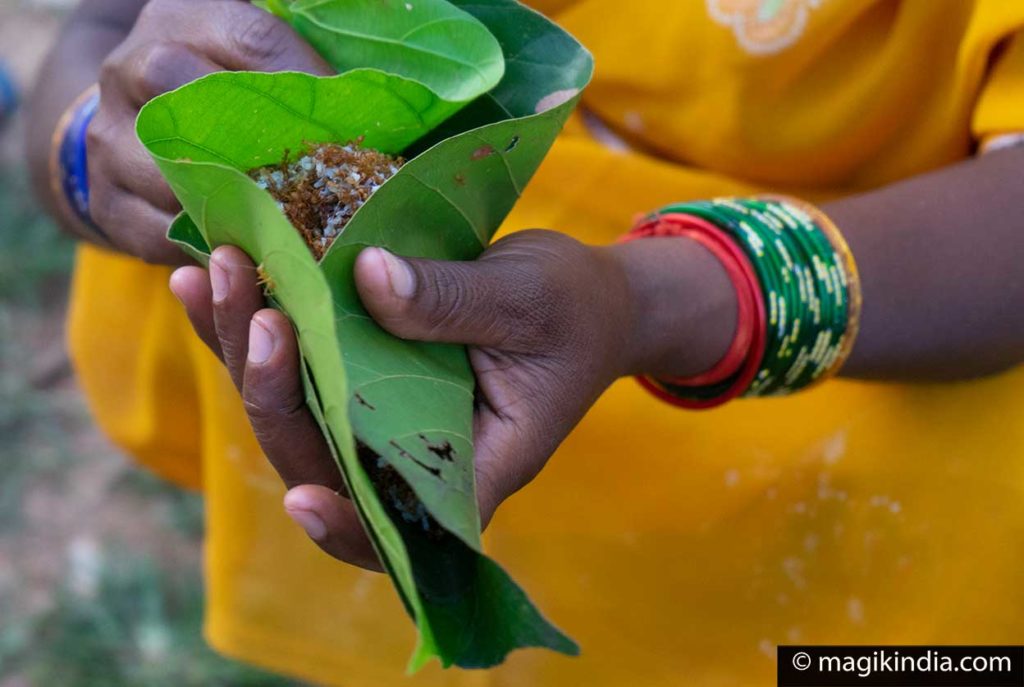
Among the famous drinks in bastar is the mahua alcohol, made out of the dried flowers of the mahua tree. This drink is considered sacred for the tribes of Bastar.
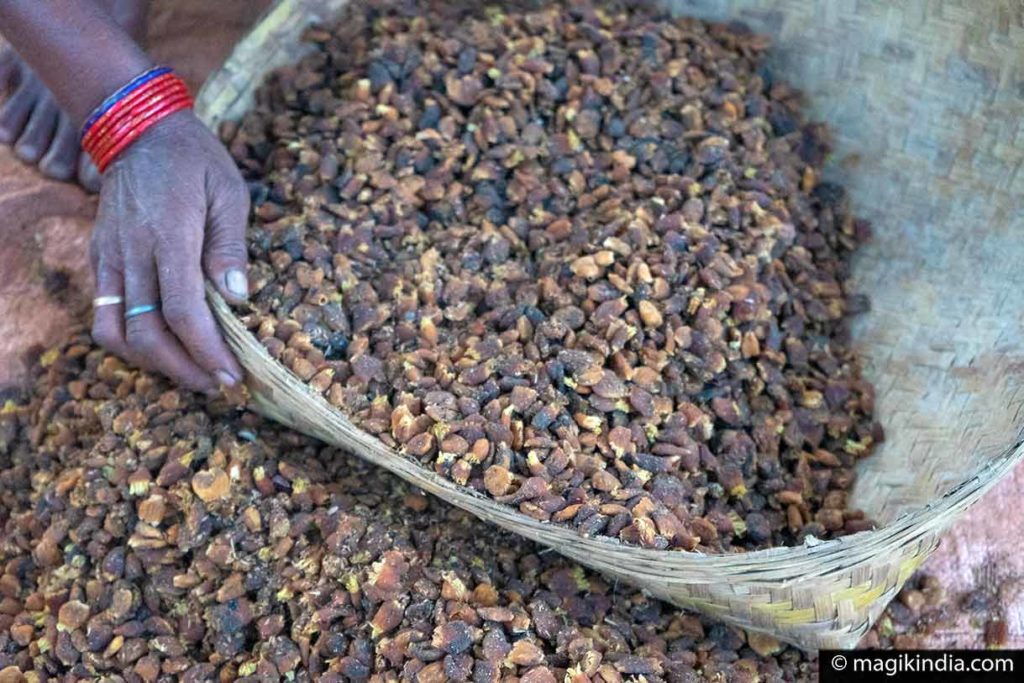
The Ghotul custom
There is a very special tribal custom that is often misunderstood, the ghotul, a place of learning for the youth of the Murias tribes. It has long been described as a place of debauchery by the ‘external morality’.
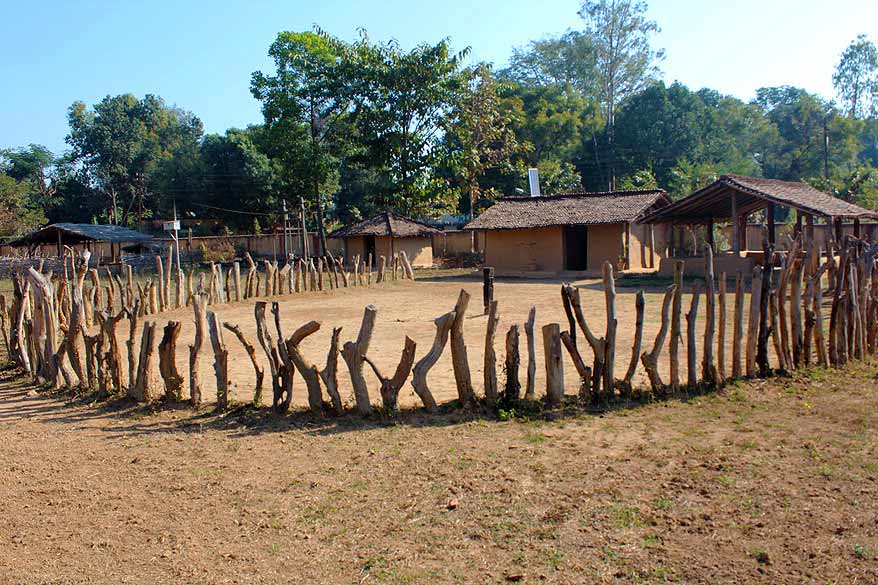
Ghotul is an institution where unmarried boys (called Chellik) and girls (Motiari) spend nights together in an earthen and wooden hut at the outskirt of the village.This regulates prenuptial interest of the tribal youth. It is central to the social and religious life of the Murias. They believe their supreme deity, Lingo, created the first ghotul.
Young “apprentices” are given genuine teaching about the different tribal customs and social responsibilities and are advised to solve some of the social and psychological problems. They are also taught about sexuality.
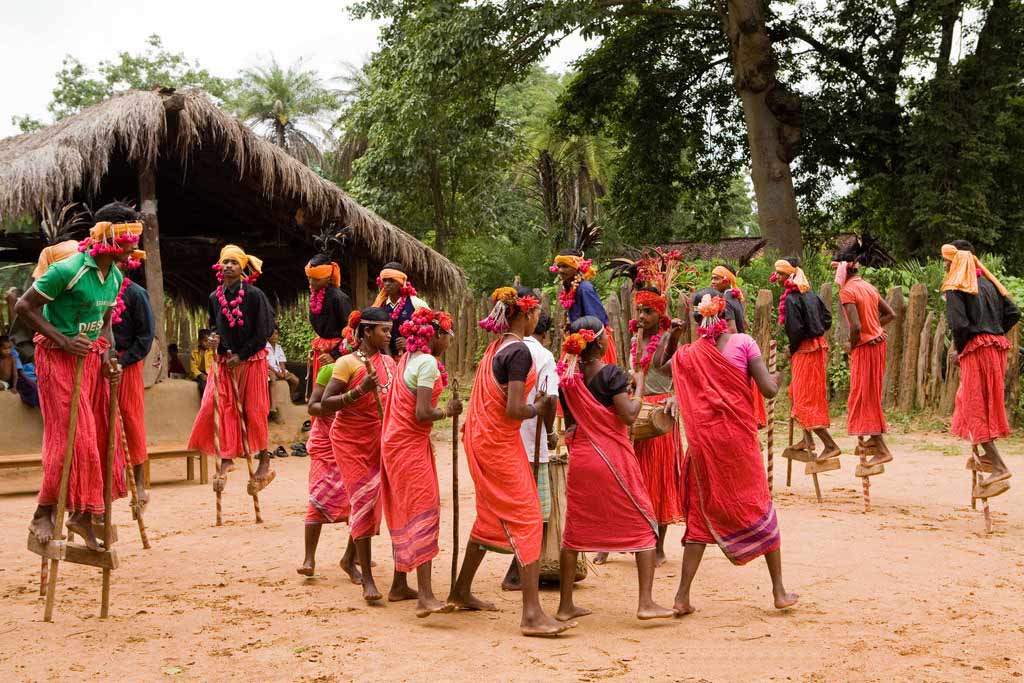
The amazing Dusserha festival of Bastar
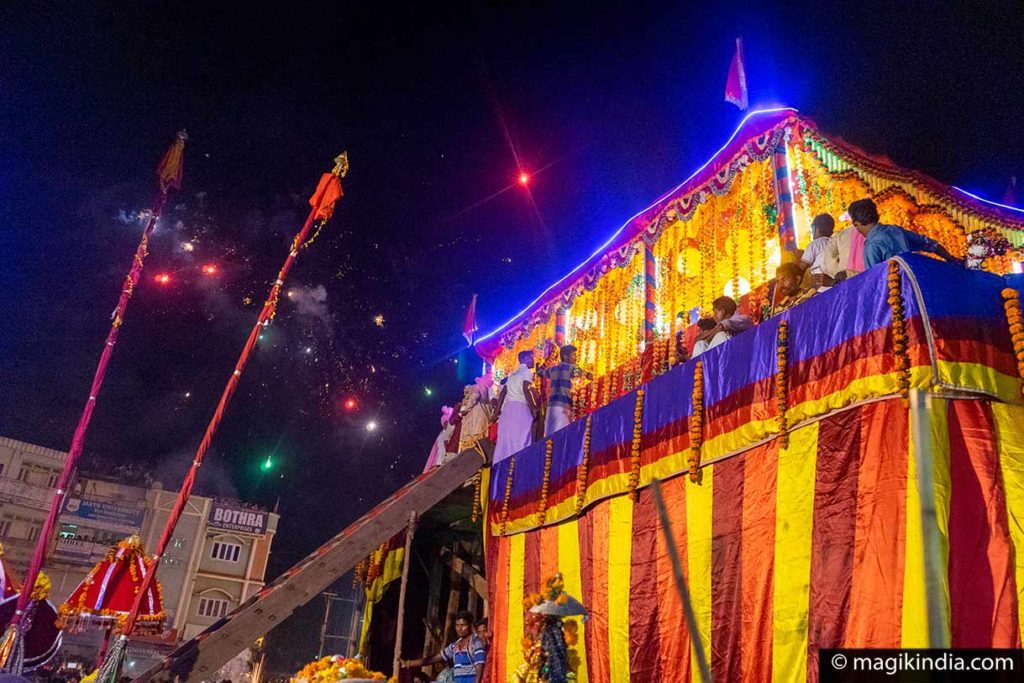
Dusserha is a festival celebrated throughout India, mainly in the North. But the one in Bastar is totally unique and it is surely the most amazing Dussehra you will attend.
Here, instead of celebrating the defeat of the demon king Ravana, the tribes honor the goddess Devi Mavli, the native deity of the Bastar, venerated as the elder sister of the goddess Devi Danteshwari (the goddess of the Kakatiya family)…
And now, let’s visit Bastar!
Jagdalpur
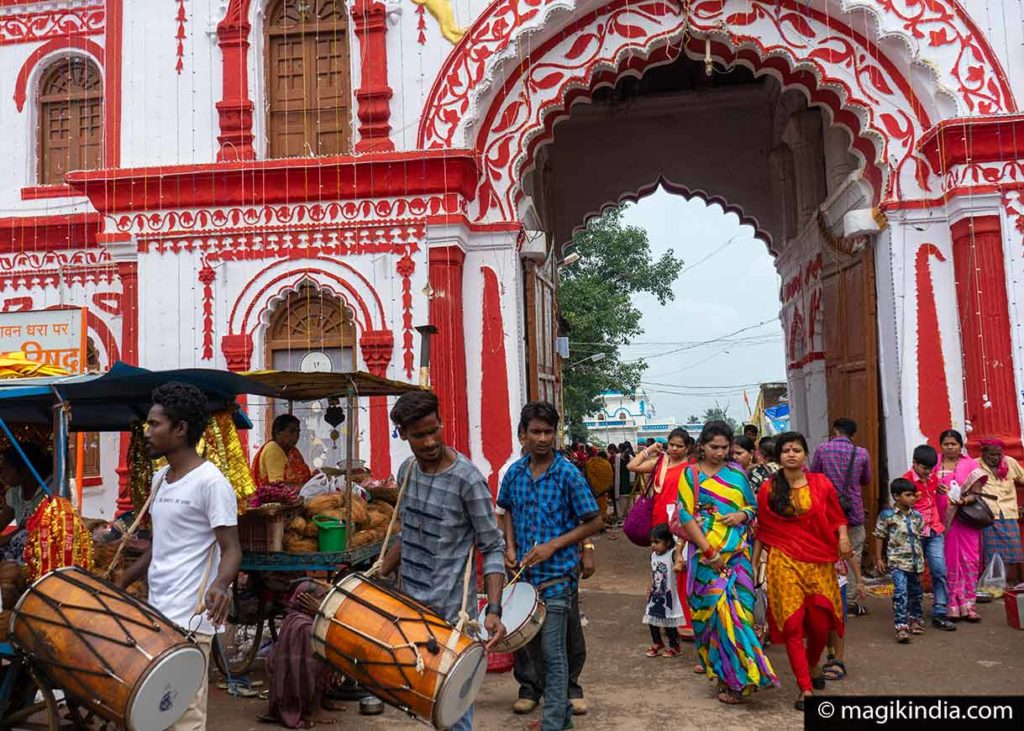
Jagdalpur was the capital of the princely state of the Bastar region. It is a compulsory stop in Chhattisgarh because of its proximity to numerous archaeological sites and nature sanctuaries and its unique tribal culture which is illustrated by the exhuberant festival of Dusserha…
KNOW MORE ABOUT ITDantewada Danteshwari Temple
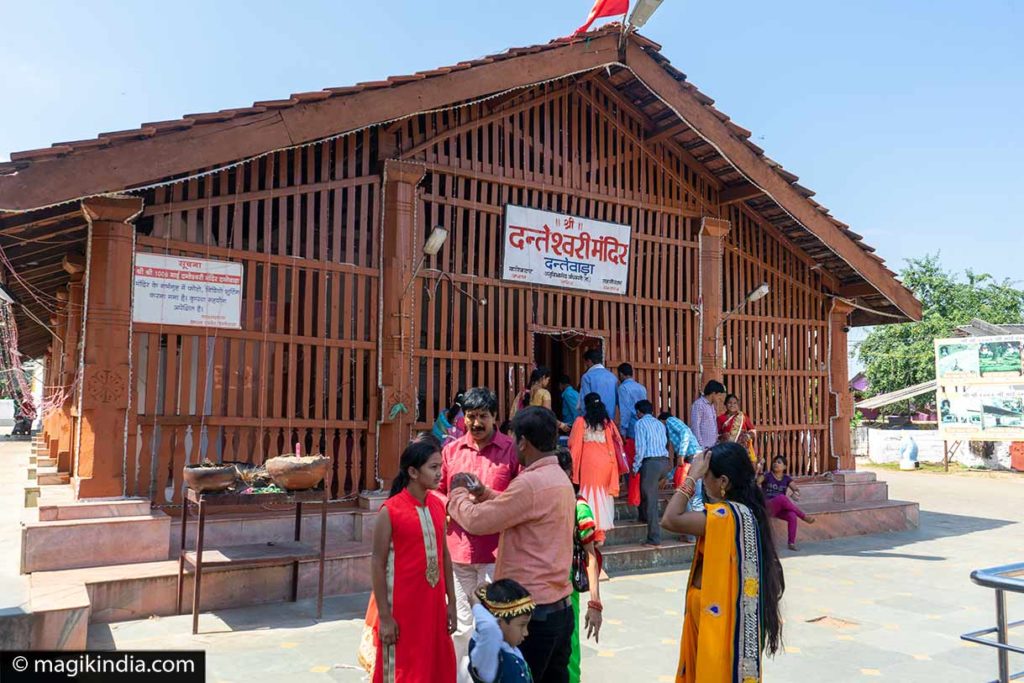
Danteshwari Temple is located about 84 km south-west of Jagdalpur in Dantewada, at the confluence of the Shankini and Dhankini Rivers.
This 600-year-old temple built by the Chalukya kings is one of the most important spiritual centers of the region. It houses the goddess Danteshwari, the patron deity of Bastar, chiselled in the black stone. It is also venerated as the 51 Shakti Peethas; It is believed that a tooth of Sati fell here.
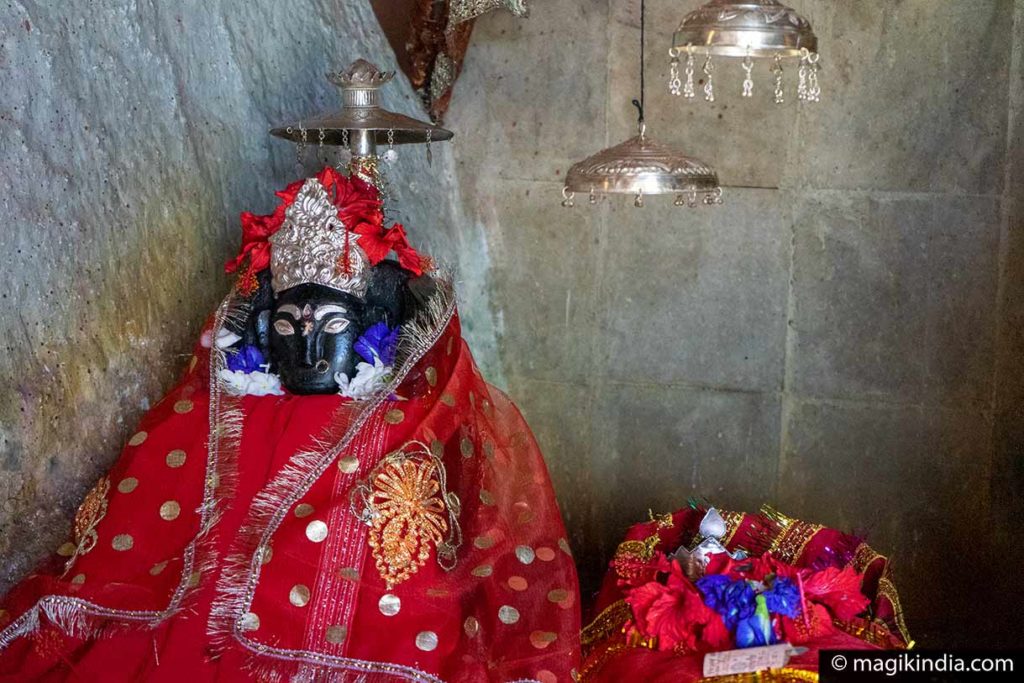
Every year, during Dussehra, thousands of tribal people from surrounding villages and jungles gather here to pay tribute to the goddess.
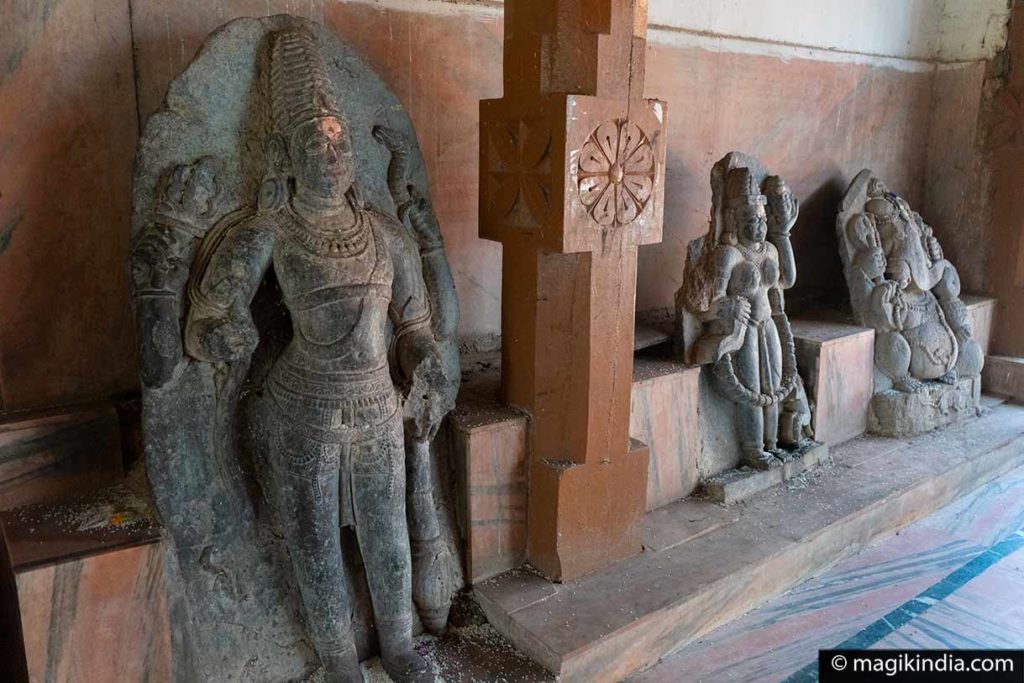
Chitrakote waterfalls
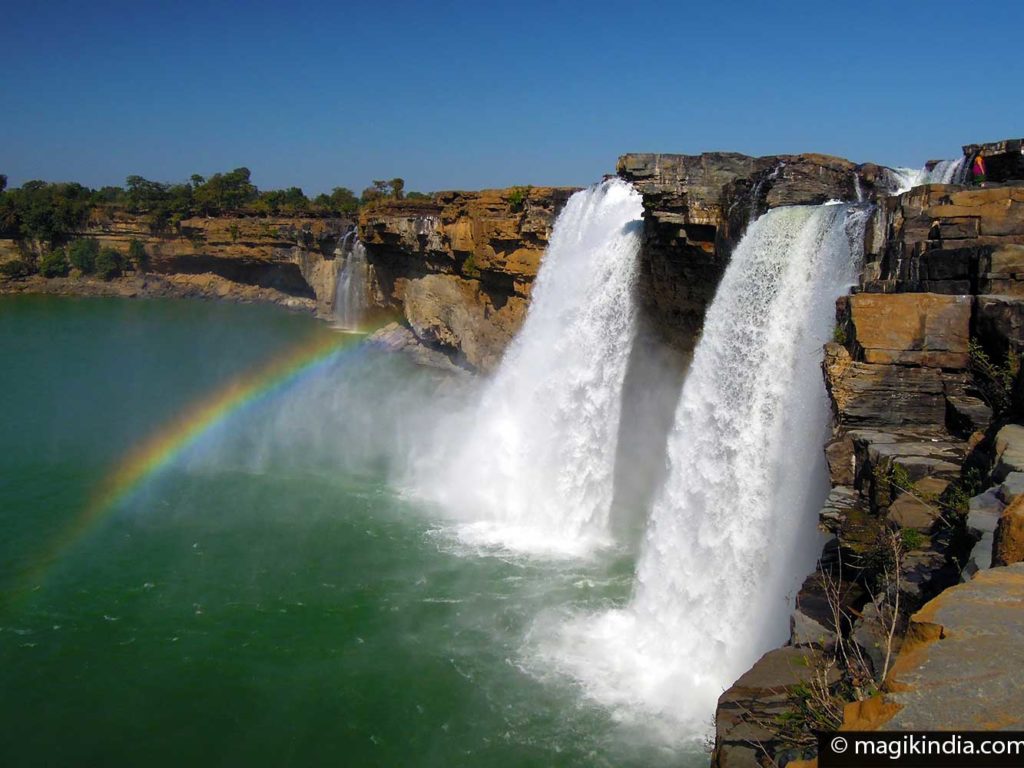
Chitrakote Falls, 50km from Jagdalpur, are in a horseshoe-shaped gorge on the Indravati river, and affluent of the Narmada. At 30m high they are India’s biggest falls and have been called “India’s Niagara”. Although they are only a third as wide as their Canadian counterpart, they are just as impressive…
KNOW MORE ABOUT ITTirathgarh waterfalls
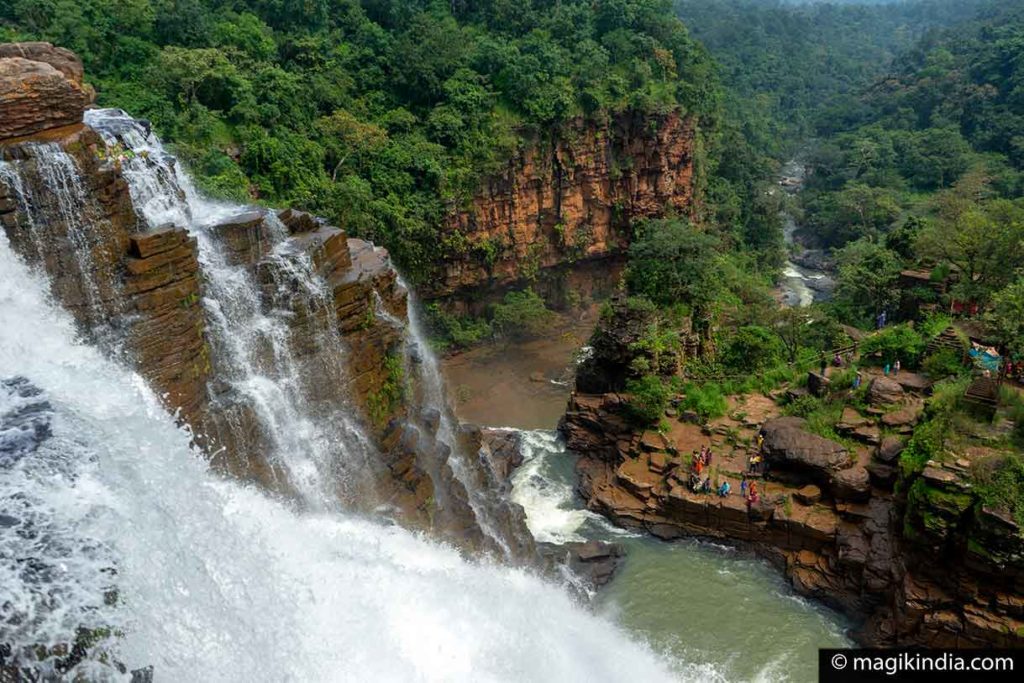
Located in Kanger Valley National Park, 36km from Jagdalpur, the Tirathgarh waterfall is among the most beautiful waterfalls in the Bastar area along with the Chitrakote falls. An absolute must-see nestled in lushy nature.
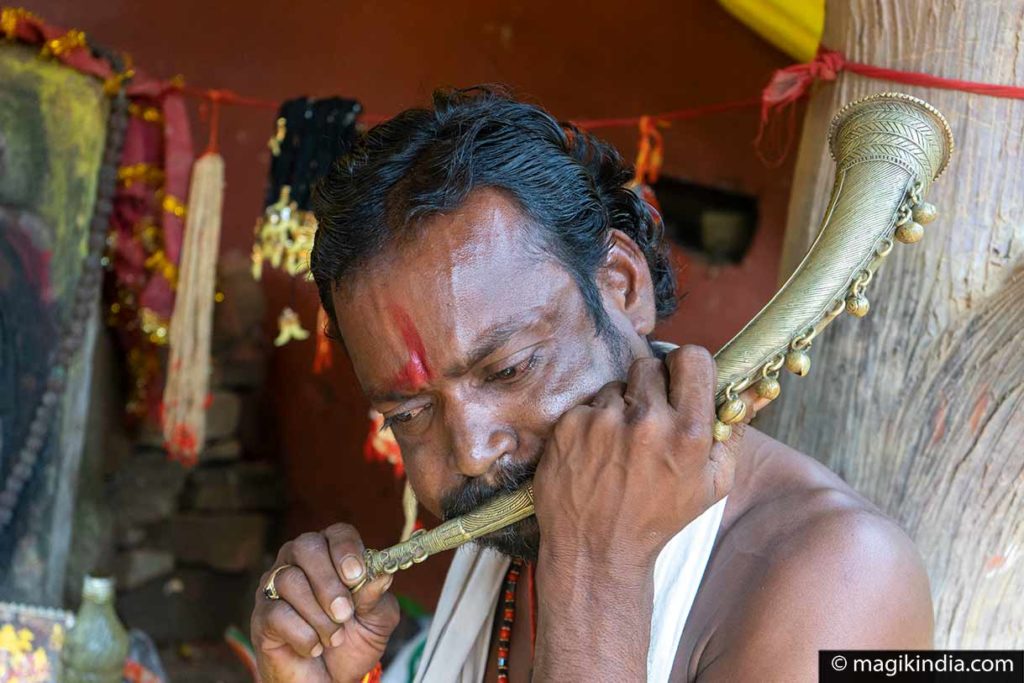
The waterfall splits at the base in multiple falls, which stream on rocks creating a pittoresque panorama. Steps lead you down to the waterfalls where several old temples stand.
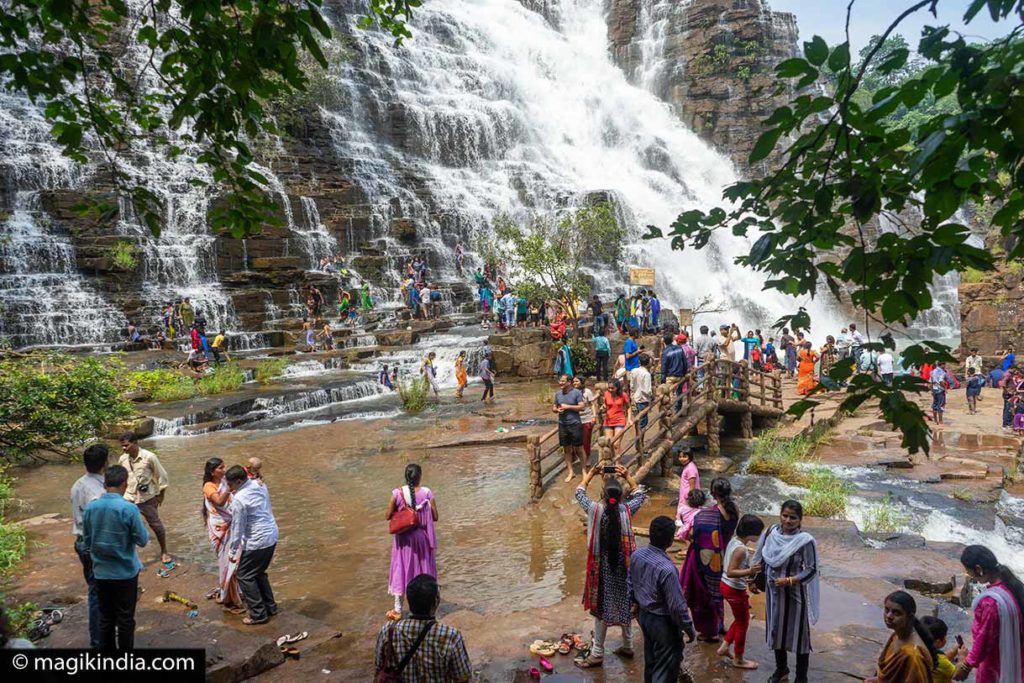
Barsoor temples
Located on the banks of the Indrawati River, about 75km south-west of Jagdalpur, Barsoor was once an epicenter of Hindu civilization. It is believed that there were originally 147 temples. Some vestiges of these temples, dating from the 10th and 11th centuries, can still be visited.

The main attraction within the Barsoor temples is the twin Ganesha temple. While the temple itself is in ruins, two sandstone images of Ganesh, in the aspect of Maha-Ganapati, are still intact. The largest of them is about 8 feet high and over 17 feet wide.
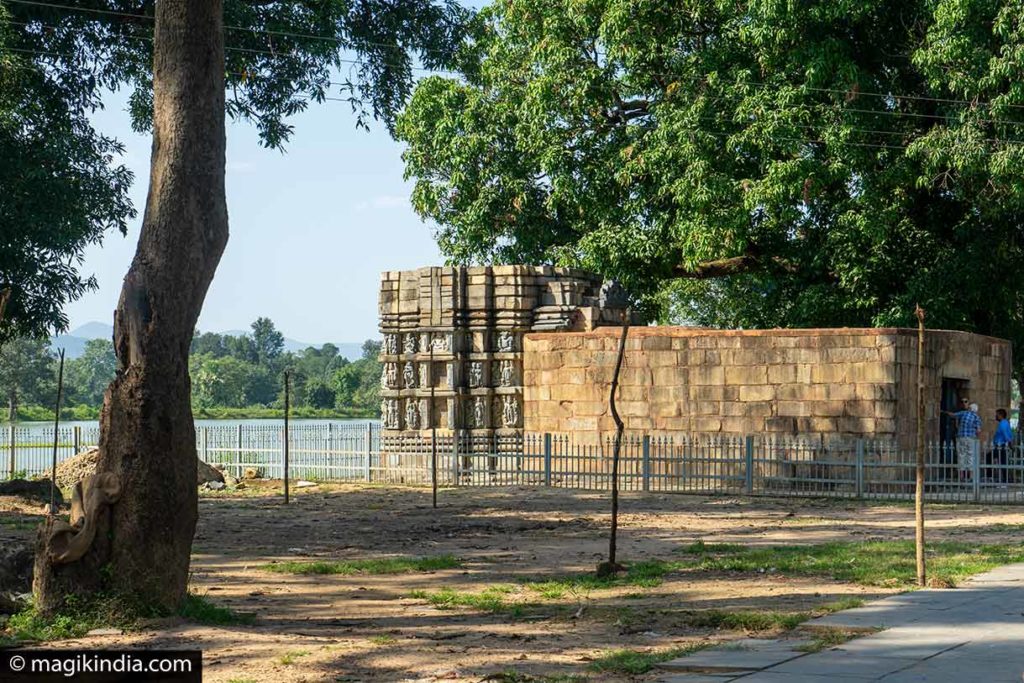
The second attraction is the Chandraditya temple located near a pond. it is dedicated to Shiva. The Garbhagriha (Shrine) is attached with a square pillared mandapa in front. It is beautifully decorated with gods and goddesses and also with some erotic carvings.
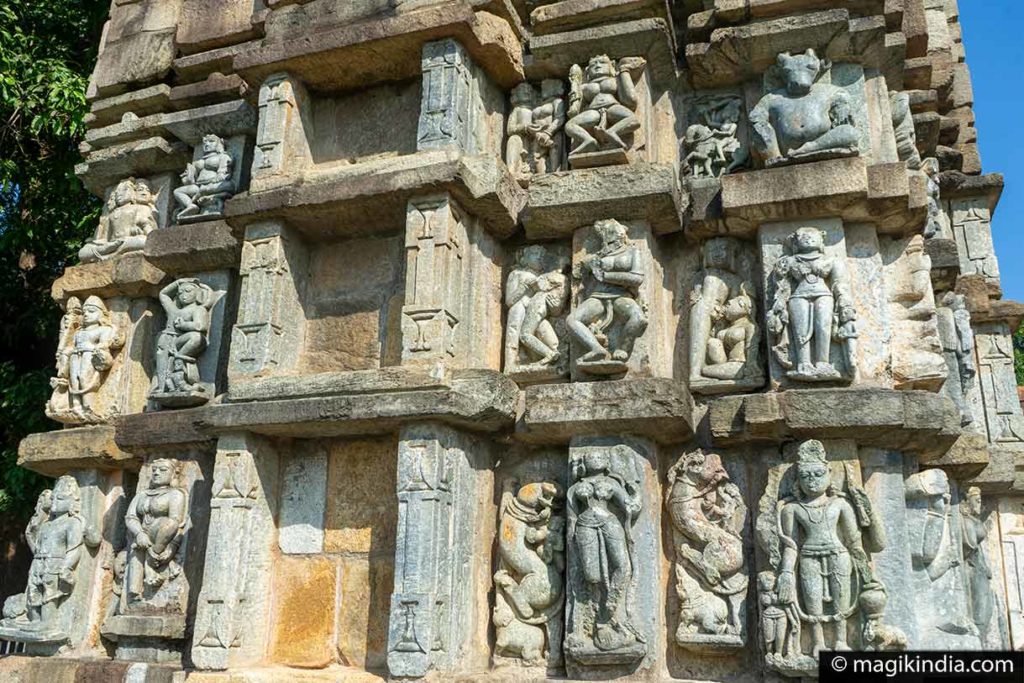
Another place not to be missed is the Mama-bhanja-ka-mandir, attributed to two family members (mama or uncle and bhanja or nephew) who are supposed to be the builders. The temple, dedicated to Ganesha, is well-preserved with a curvilinear shikhara over the garbhagriha (Shrine)
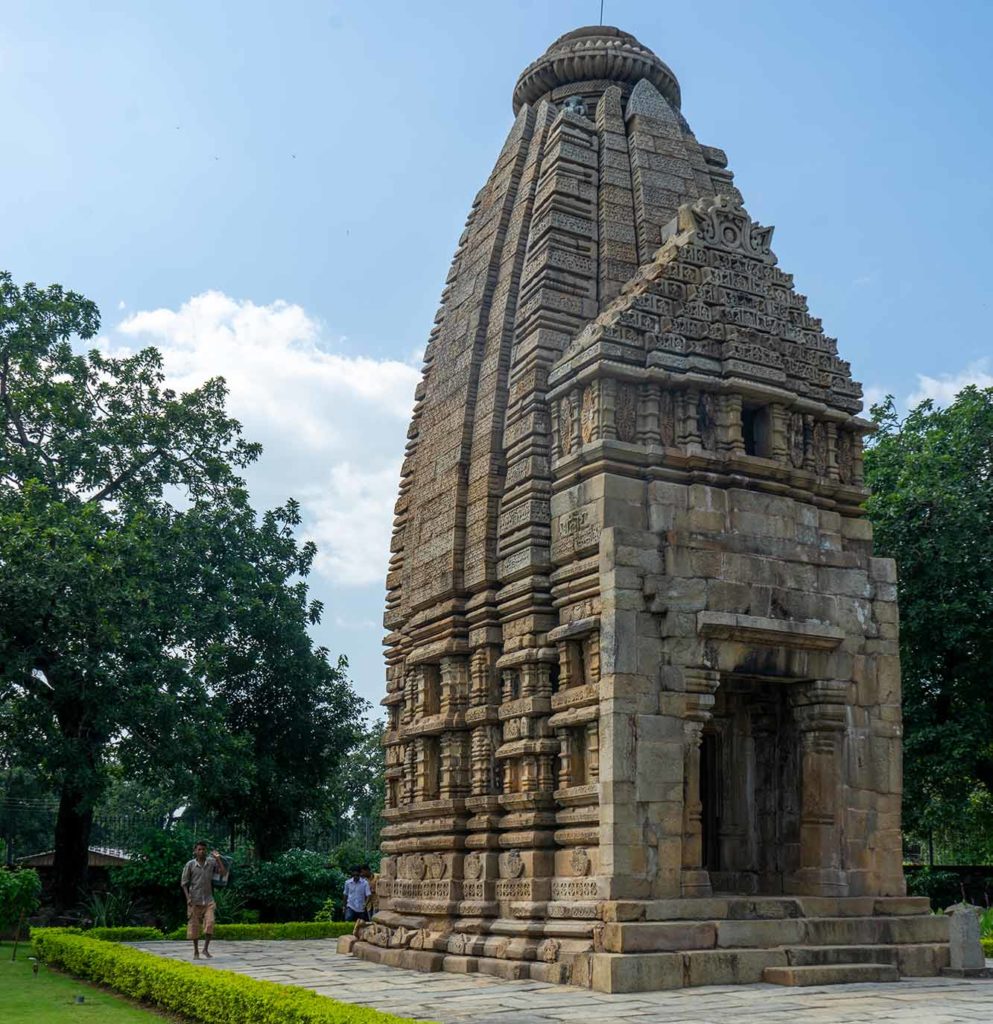
The fourth temple to visit is the Battista temple with its 32 symmetrical pillars. It is dedicated to Shiva and it has the particularity to house two sanctuaries with two shiva-lingams whose upper part pivots.
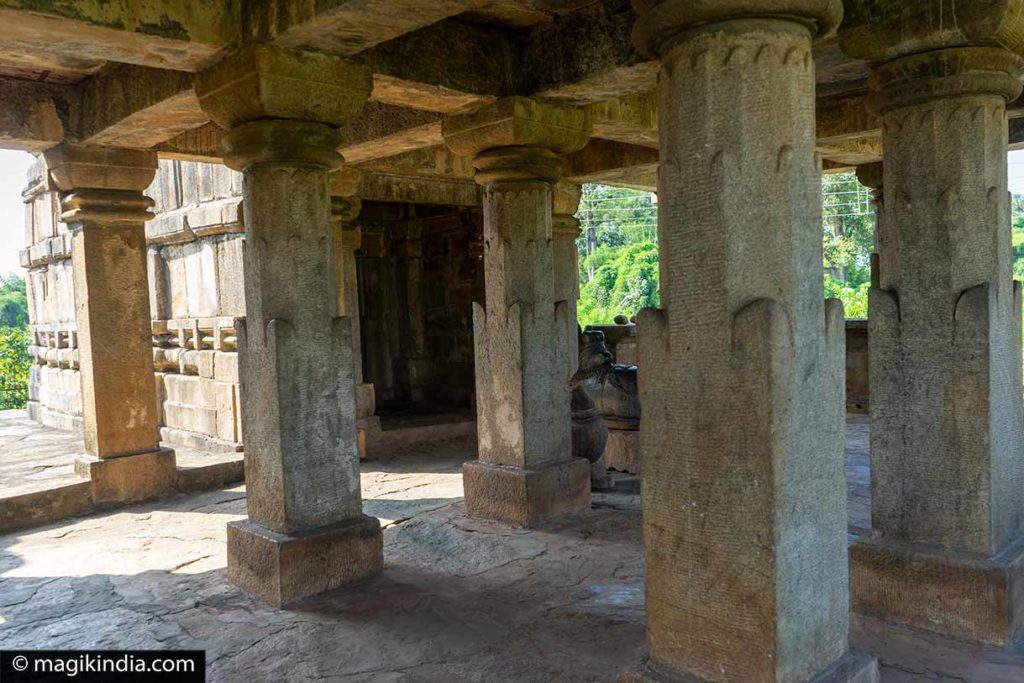
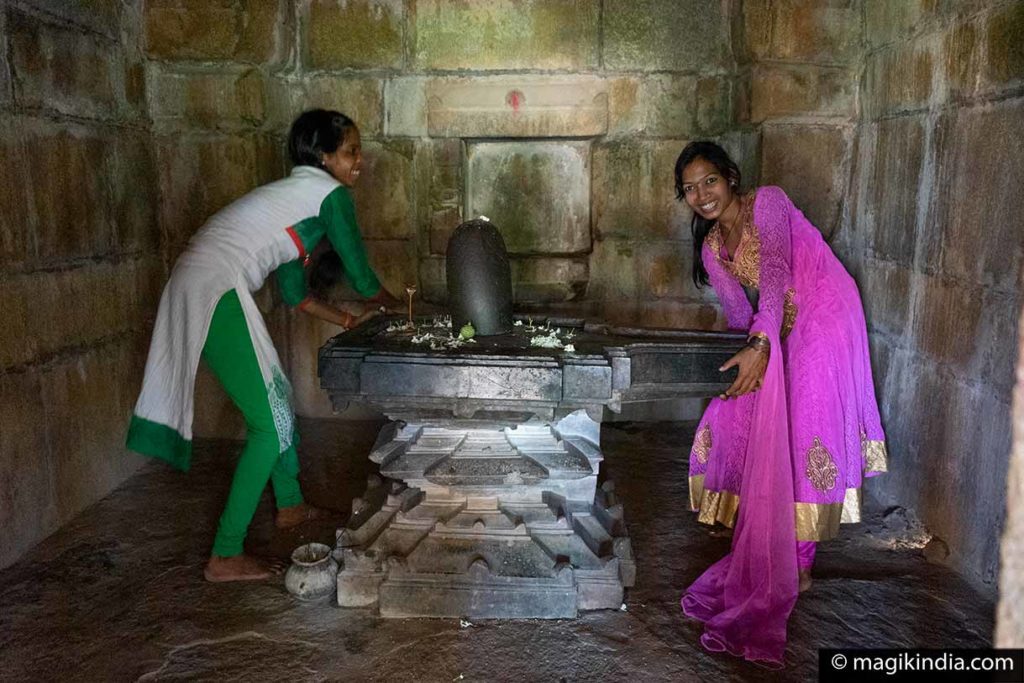
Kotumsar and Kailash caves
The Kailash and Kutumsar caves are located in the dense forests of the Kanger Valley National Park, near the Tiratgarh Falls.
The Kutumsar Caves are underground caves that are located 35 m below ground level and they have beautiful formations of stalagmites and stalactites. They are considered the second longest natural caves in the world and consist of five rooms and several blind wells.
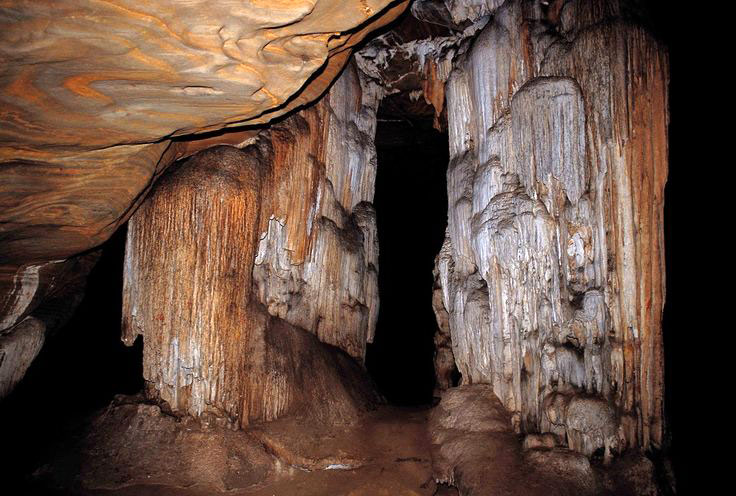
Kailash cave is located on a small hill and was discovered in 1993. It has a length of almost 100 m. A stalagmite in the form of Lingam, the emblem of the Hindu god Shiva is located at the end of the cave.
The caves are flooded during the monsoon season, from mid-June to mid-October. The sites are therefore closed to tourists during this period.
Dholkal Ganesha
The Dholkal hill is located in a dense forest south of Bastar. Above her, on a flat rock, stands a magnificent idol of Lord Ganesh, the elephant-headed god, attributed to the Chhindak-Nagvanshi dynasty (11th century AD).
The Dholkal’s Ganesha has remained unknown to the outside world for a very long time. It is believed that in 1936, the idol had been spotted by a British geologist, Crookshank, while inspecting the area. But later, especially after the area became the Maoist stronghold, the idol came out of public memory.
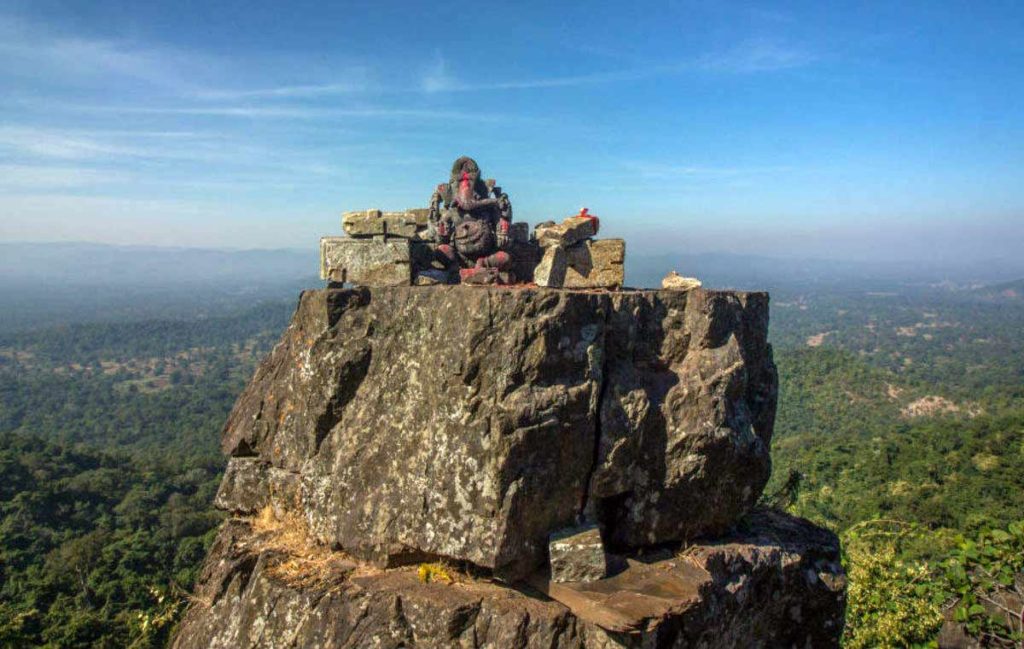
It was rediscovered in 2012 when a local journalist climbed the Dholkal hill and took pictures of the idol that became viral in the media.
It takes about an hour trek from the village of Pharaspal (25 km from Dantewada) to reach the hill and see the idol.
In January 2017, the idol was vandalised and pushed down the hill. It has been restored now.

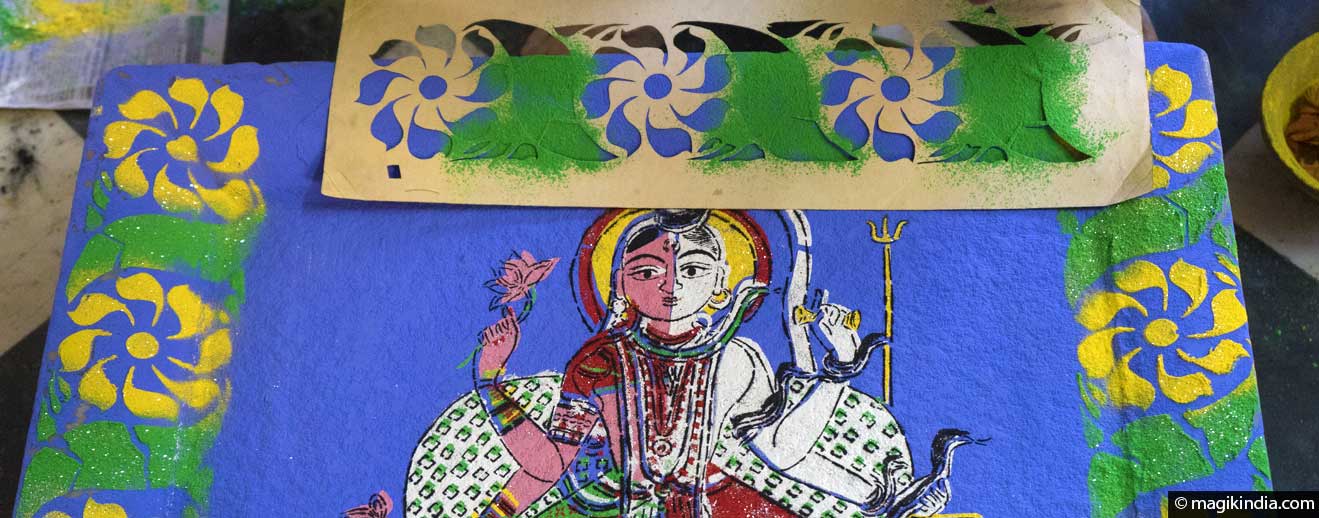

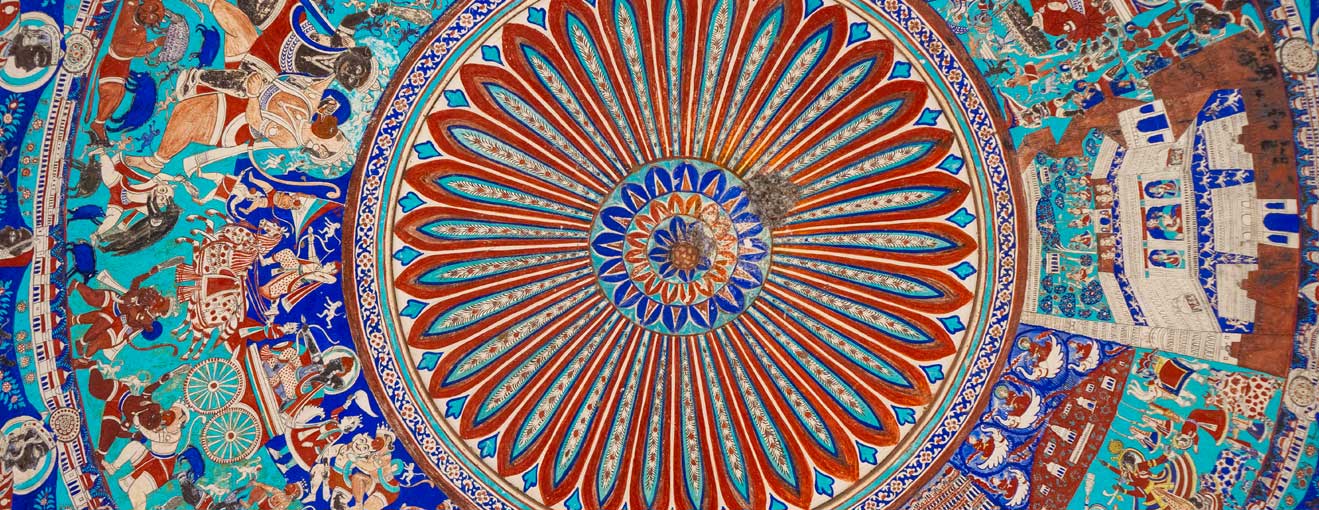


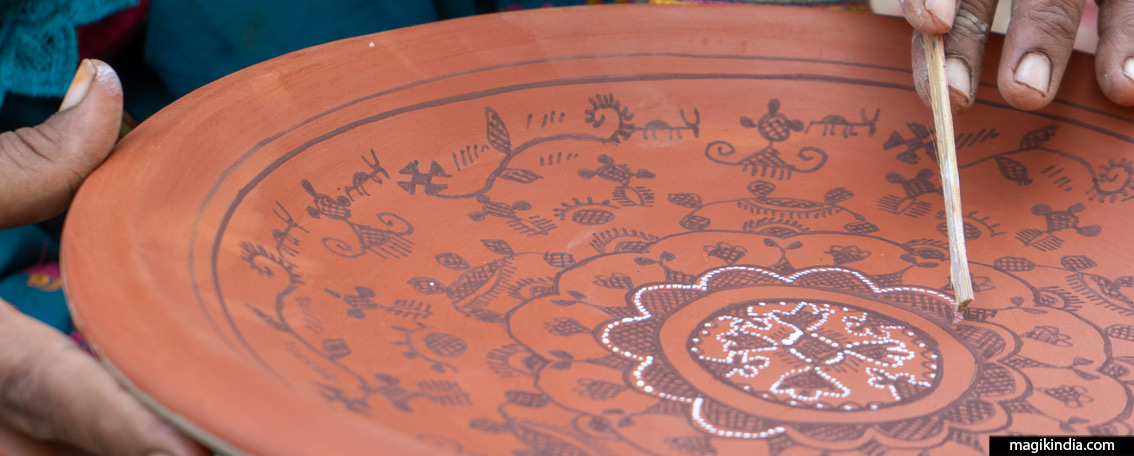
nice blog with lots of info. can you please exaggerate upon the relation of art and craft with the architecture of this area….
Tks Ravleen for your message. Well, it’s an interesting subject, you may be interested in writing on it 😉 ? Best regards, Mathini
I want to source the crafts from these place
Hi Aarthi, I don’t have the exact places of these craft arts. These are remote villages. if you go to Bastar, just tell me, a guide can lead you to these tribal villages
Thanks for sharing this impressive blog. I really appreciate the work you have done, you explained everything in such an amazing and simple way. All images are so beautiful.
Thanks for your nice review! 🙂